Chapter: Modern Medical Toxicology: Organic Poisons (Toxins): Venomous Bites and Stings
Snakes - Organic Poisons (Toxins)
SNAKES
Snakes
(also referred to as serpents) are limbless creatures with elongated bodies
covered with scales. The body is divided into head, trunk, and tail. The head
may be oval, triangular, or the same width as the trunk, ending as a blunt
snout. The head bears two eyes, two nostrils, and a mouth. External ears are
absent since snakes do not posses auditory apparatus. However, though a snake
cannot perceive sounds, it senses vibrations on the ground, which enables it to
hunt prey and keep clear of predators. The eyes of a snake lack eyelids, each
being covered by a transparent scale. Pupils may be round or elliptical.
The
mouth of a snake is extremely distensible, enabling it to swallow large animals
whole, without mastication. Snakes are essentially carnivorous and feed mostly
on mice, rats, lizards, or frogs. Water snakes feed on fish. Some are cannibals
and feed on other snakes, e.g. krait, king cobra, etc. Snakes can survive for
long periods of time without food, even up to several months or years. Most
snakes have four rows of teeth in the upper jaw, and two rows of teeth in the
lower jaw. Two of the upper rows are situated along the margins of the jaw,
while the remaining two are located on the palate near the middle of the roof
of the mouth (palate teeth) . The
lower rows are located along the margins of the lower jaw. Venomous snakes have
modified teeth called fangs in
addition to ordinary teeth. Fangs are usually two in number, invariably located
one on each side of the upper jaw. They may be grooved or canalised, and are
connected to the venom glands which are a pair of modified parotid salivary
glands located one on each side, just below and behind the eye. All teeth are
generally directed backwards which help in propelling a swallowed prey inwards,
thereby minimising the possibility of it being disgorged.
The
tongue of a snake is forked and can be flicked in and out of the mouth rapidly.
It is not adapted for licking or sucking, but is actually a device to pick up
scent particles from the exterior and transfer them to the Jacobson’s organ in
the roof of the mouth. Thus the snake is able to track its prey, locate
suitable mates, and smell out predators such as mongoose or humans.
The
nostrils enable a snake to inhale air into its lungs. Hissing is accomplished
by the forcible expulsion of air through the nostrils, and is an act of
aggression or defence. Russell’s viper and puff adder are noted for their very
loud hiss. In some (Crotalid) snakes, there is a pit between
the eye and nostrils, which is a heat sensitive organ that helps in detecting
warm-blooded prey.
Venomous snakes are found all over the world, except New
Zealand, and most parts of the Arctic and Antarctic regions, as well as
Ireland, Iceland, Chile, Hawaii, parts of Mediterranean and Caribbean regions,
and some of the Pacific islands. In Britain, there is only one indigenous snake
(Vipera berus), which seldom causes
serious envenomation.
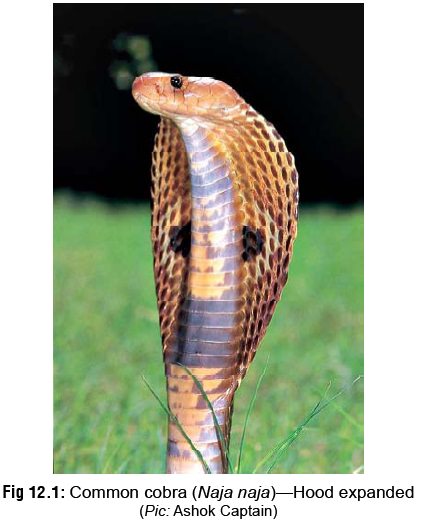
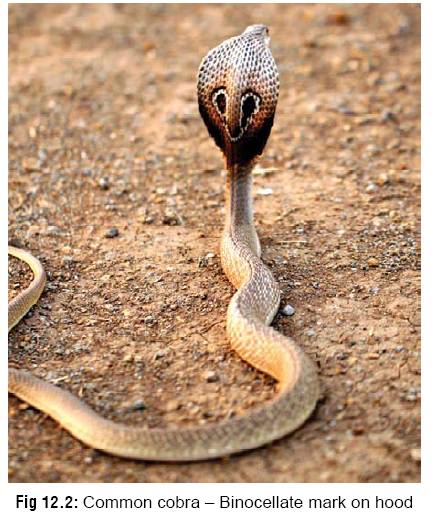
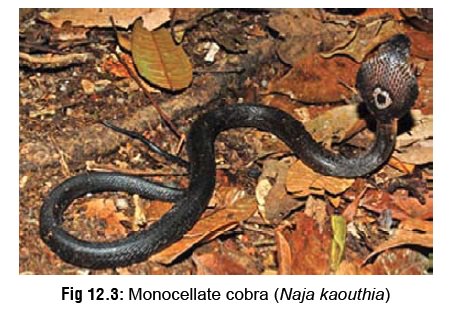
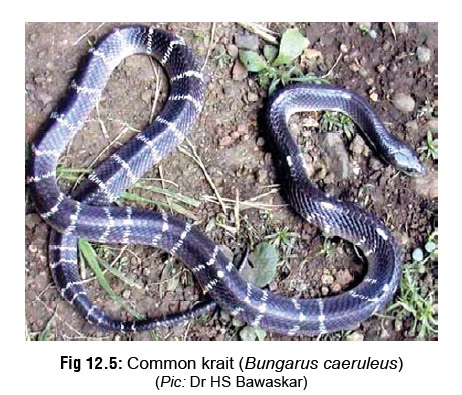
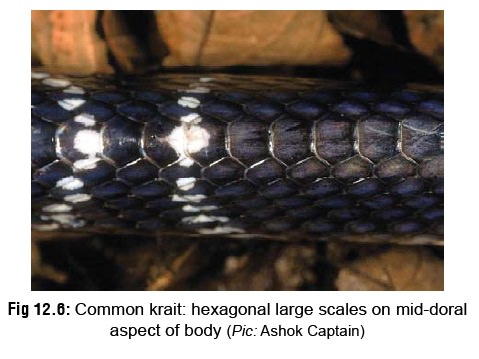
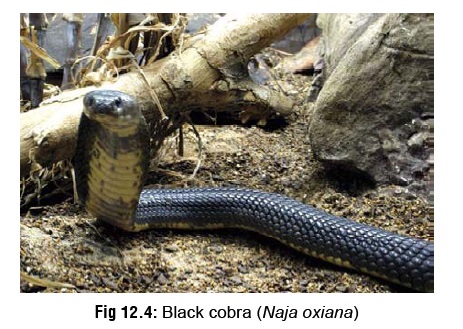
Snakes are encountered in all kinds of geographical
loca-tions, such as on land, in marshes, and in water (fresh water and the
sea). Most snakes can climb trees, and a few can burrow into the ground. Land
snakes can swim in water, but sea snakes cannot survive on land. Snakes are
cold-blooded creatures, and their body temperature varies depending on the
environmental conditions. They usually hibernate in the winter in secluded
places, and go without food and water for several months. Stored body fat helps
in sustenance during hibernation. However, tropical snakes may not hibernate at
all, and may be seen in the open all year round.
Snakes
regularly moult, i.e. they shed their skin periodically (usually every 2
months). The skin which is cast off, is turned inside out, in the manner of a
glove being removed from the hand. Moulting enables a snake to become more
alert and active.
The trunk (i.e. the main body) of a snake may be stout or
slender, and may be variously coloured. Often there are vivid patterns or
designs. The portion of the body distal to the vent is called the tail, which
may end abruptly to a blunt point, or may taper gradually to a fine point. The
vent is an opening situated in the posterior part of the undersurface of the
body, which serves as a common orifice for the alimentary and genito-urinary
tracts. The tail of a sea snake is flattened and paddle shaped, to enable it to
swim.
Sexes are distinct in snakes. Each species breeds true, and
hybrids are virtually unknown. Most snakes lay eggs (oviparous) while a few
species bring forth their young alive (viviparous). Snakes usually survive for
many years, a few species living up to 20 years or more.
Related Topics